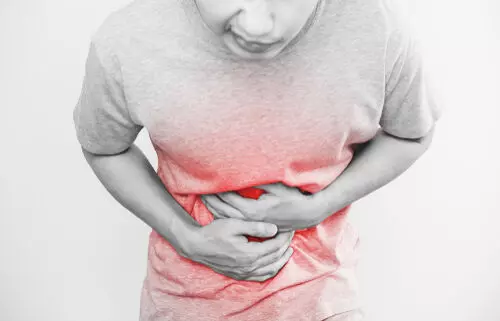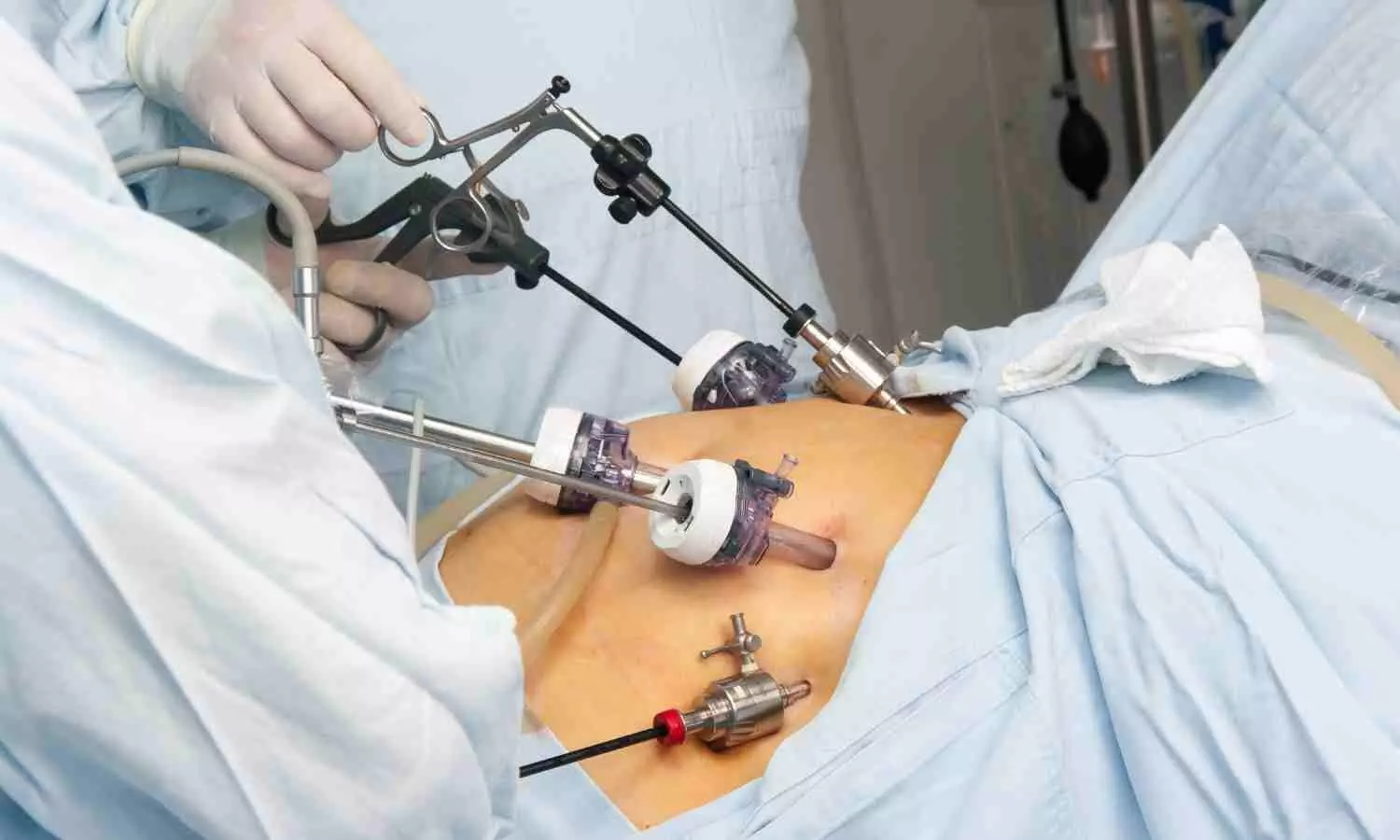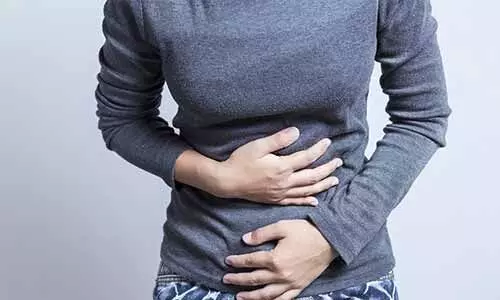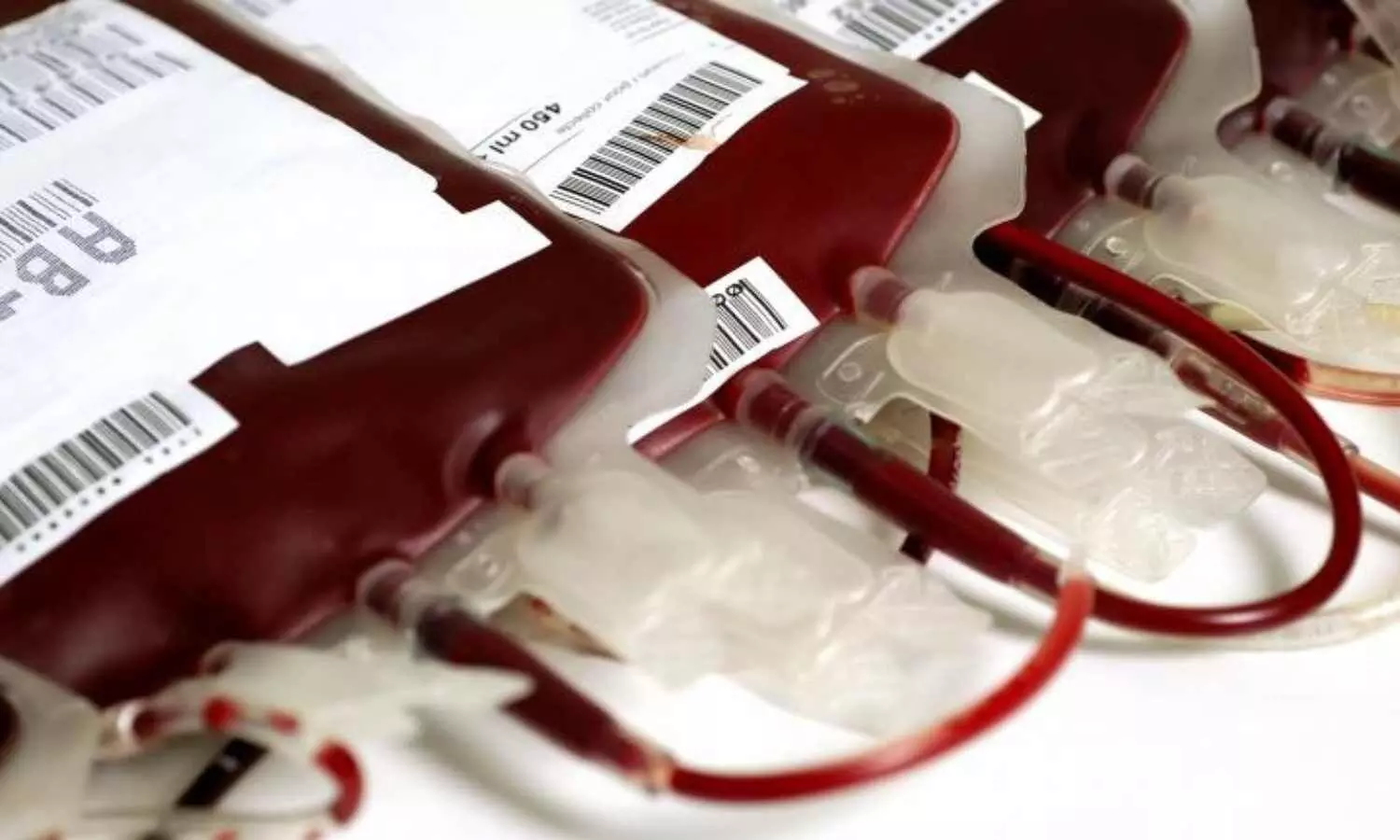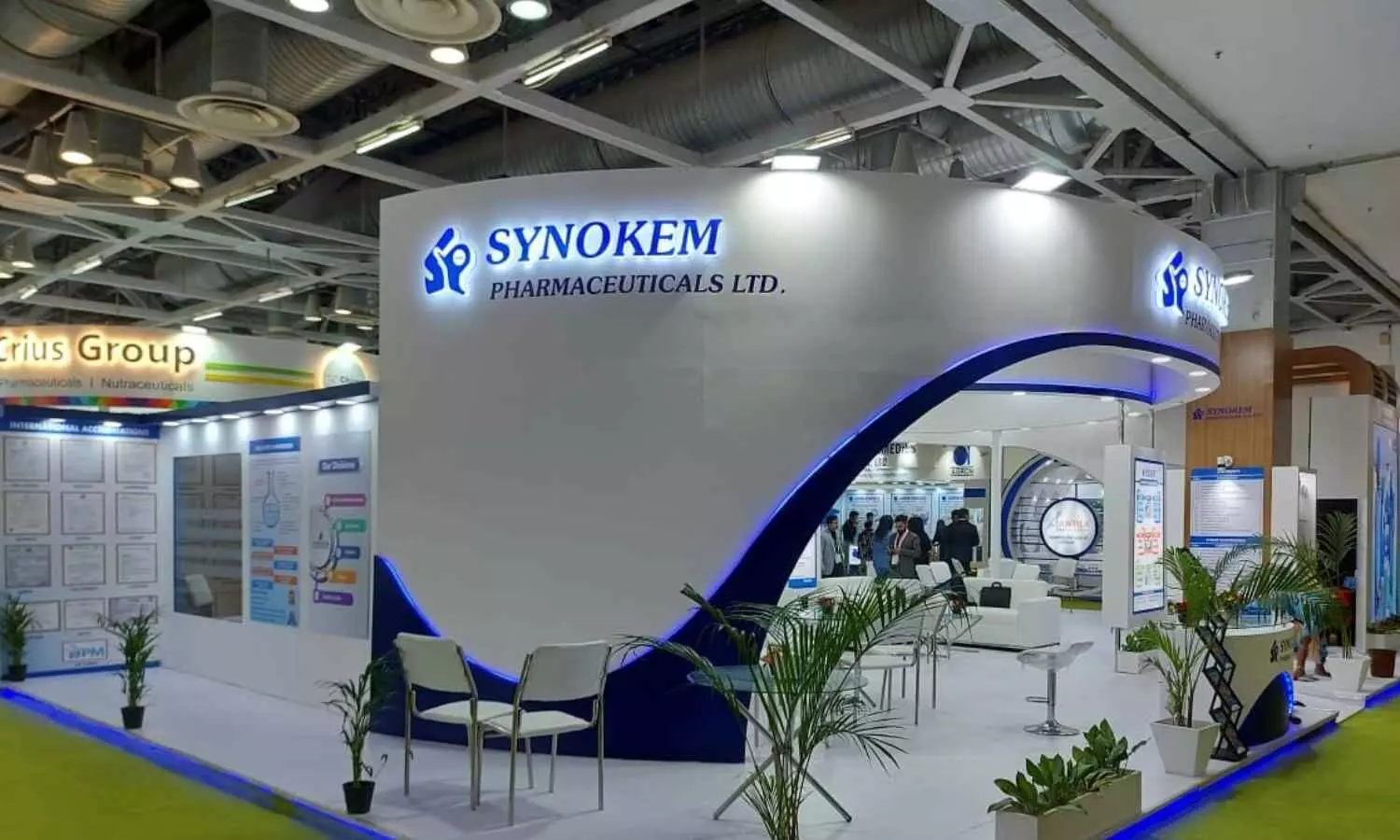Intervention reduces likelihood of developing postpartum anxiety and depression by more than 70%

Results from a large clinical trial funded by the National Institutes of Health show that an intervention for anxiety provided to pregnant women living in Pakistan significantly reduced the likelihood of the women developing moderate-to-severe anxiety, depression, or both six weeks after birth. The unique intervention was administered by non-specialized providers who had the equivalent of a bachelor’s degree in psychology-but no clinical experience. The results suggest this intervention could be an effective way to prevent the development of postpartum mental health challenges in women living in low-resource settings.
“In low resource settings, it can be challenging for women to access mental health care due to a global shortage of trained mental health specialists,” said Joshua A. Gordon, M.D., Ph.D., Director of the National Institute of Mental Health, part of NIH. “This study shows that non-specialists could help to fill this gap, providing care to more women during this critical period.”
Led by Pamela J. Surkan, Ph.D., Sc.D., of Johns Hopkins Bloomberg School of Public Health, Baltimore, the study was conducted in the Punjab Province of Pakistan between April 2019 and January 2022. Pregnant women with symptoms of at least mild anxiety were randomly assigned to receive either routine pregnancy care or a cognitive behavioral therapy (CBT)-based intervention called Happy Mother-Healthy Baby. The researchers assessed the participants (380 women in the CBT group and 375 women in the routine care group) for anxiety and depression six weeks after the birth of their child.
The researchers found that 9% of women in the intervention group developed moderate-to-severe anxiety compared with 27% of women in the routine care group. Additionally, 12% percent of women in the intervention group developed depression compared with 41% of women in the routine care group.
“Postpartum depression not only harms mothers, it is also associated with poorer physical growth and delayed cognitive development in their children,” said Dr. Surkan. “The link between maternal and child health highlights the critical importance of developing effective ways to address postpartum anxiety and depression.”
The Happy Mother-Healthy Baby intervention was created using input from pregnant women in a hospital in Rawalpindi, Pakistan. Pregnant women took part in six intervention sessions where they learned to identify anxious thoughts and behaviors, such as thoughts about possible miscarriage, and to practice replacing them with helpful thoughts and behaviors. The first five sessions were conducted in early to mid-pregnancy, and the sixth session occurred in the third trimester.
Prior research suggests that up to 30% of women in the Global South, which includes South America, Africa, and most of southern Asia, report experiencing anxiety during pregnancy. Anxiety during pregnancy predicts the development of anxiety and depression after birth, making the prenatal period a prime target for intervention. However, it can be challenging for women living in low-resource settings to access trained clinical care. The findings from this study demonstrate that an intervention such as Happy Mother-Healthy Baby could be an effective way to help prevent the development of postpartum depression and anxiety in settings where specialist clinical care may be hard to access.
“In the future, we can build on these findings through implementation research. Having identified an intervention that works, the next step is to figure out the best ways to deliver effective treatment to the people who need it, bridging the gap between science and practice,” said Dr. Surkan.
Reference:
Surkan, P. J., Malik, A., Perin, J., Atif, N., Rowther, A., Zaidi, A., & Rahman, A. (2024). Anxiety-focused cognitive behavioral therapy delivered by non-specialists to prevent postnatal depression: A randomized, phase 3 trial. Nature Medicine. https://www.nature.com/articles/s41591-024-02809-x.
Powered by WPeMatico


